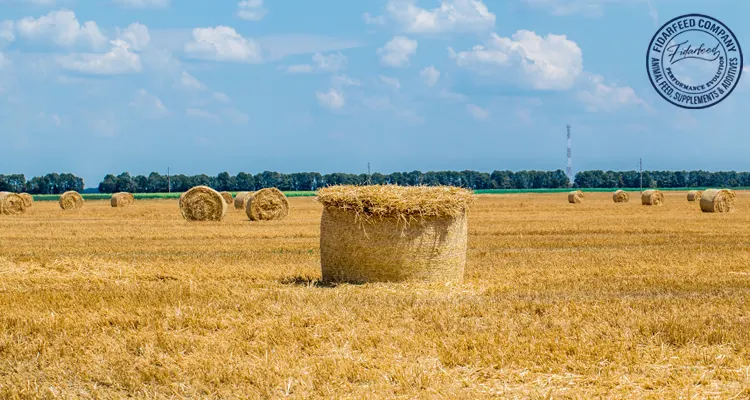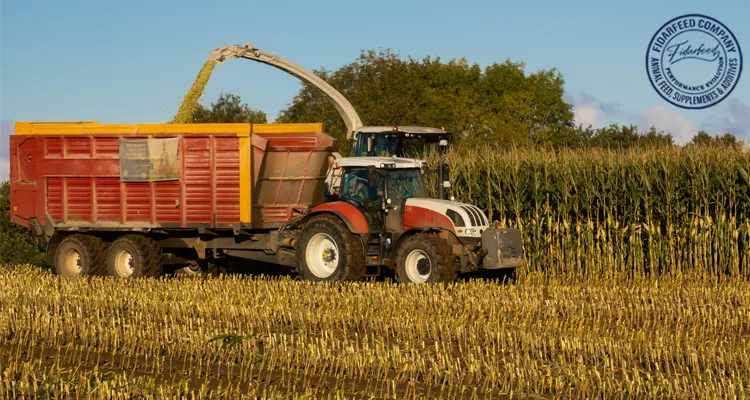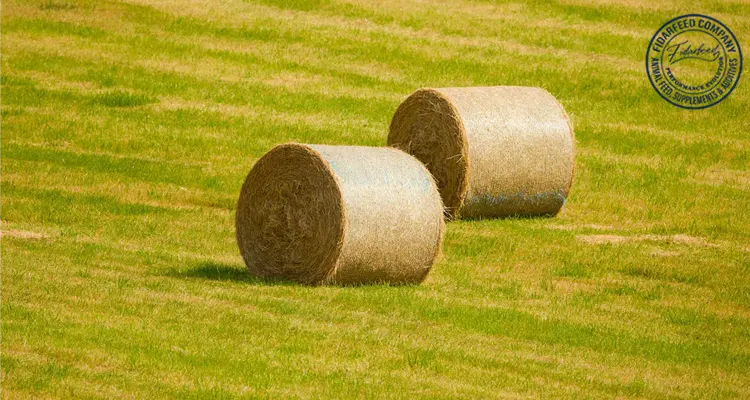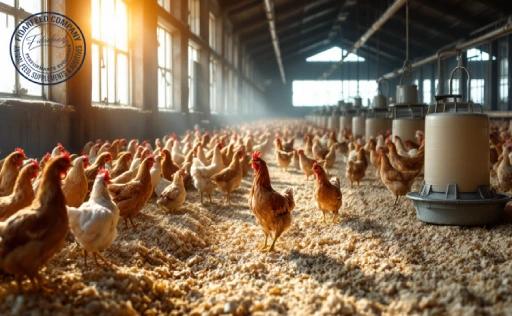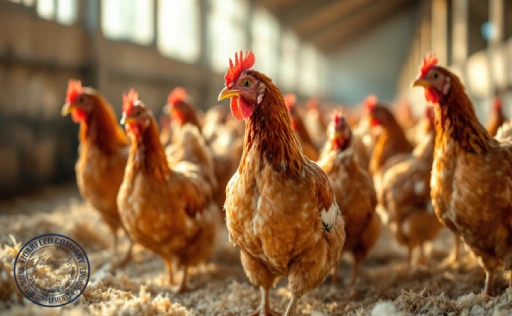Why Timing Matters: The Key to High-Quality Silage
When to cut silage is a crucial decision that affects the nutritional value, digestibility, and overall efficiency of livestock feed. Harvesting at the wrong time can lead to lower-quality forage, which reduces feed efficiency and increases costs for farmers. Cutting too early results in lower dry matter content, while delaying harvest leads to excessive fiber and a decline in digestibility. Livestock breeders, dairy farmers, and feed industry professionals must find the perfect balance to ensure their silage provides maximum energy and protein while maintaining the highest possible yield. Understanding the science behind timing can help maximize farm profitability and improve animal performance.
The Best Growth Stage for Cutting Silage
The best time to cut silage depends on the crop type. For grasses, the ideal stage is between the late boot and early heading phase. At this point, fiber levels are still low, and digestibility is at its highest. If grasses are harvested too late, they become overly mature and lose nutritional value. For legumes such as alfalfa, the optimal stage is late bud to early bloom. Cutting at this point ensures a balance between yield and quality, providing high protein and digestible fiber.
Learn more about: TMR Silage Animal Feed
For corn silage, timing is determined by dry matter content and kernel maturity. The best time to harvest is when the plant reaches 32-38% dry matter, or when the kernels are at the half-milk line stage. Cutting corn silage at the right time ensures a good balance of starch content, fiber digestibility, and fermentation quality. Monitoring crop development closely and making precise adjustments can help farmers harvest at the ideal moment.
How Weather Conditions Affect Silage Cutting
Weather conditions play a crucial role in silage harvesting. The best time to cut silage is during a stretch of dry weather, as excess moisture can negatively affect fermentation and lead to spoilage. If silage is too wet, it increases the risk of nutrient leaching, mold growth, and poor fermentation. Conversely, extreme drought can result in excessive drying, making compaction difficult and reducing fermentation efficiency.
Learn more about: TMR Corn Silage: A Complete Guide for Dairy and Beef Farmers
Farmers should monitor weather forecasts carefully and plan to harvest when conditions allow for adequate drying. A few consecutive dry days after cutting can improve wilting efficiency and help reach the desired dry matter level before ensiling. Harvesting during the right weather conditions not only preserves silage quality but also minimizes losses and enhances storage stability.
Moisture Content: The Make-or-Break Factor for Silage Quality
Moisture content is one of the most important factors influencing silage quality. If silage is too wet (below 30% dry matter), it leads to excessive seepage, nutrient loss, and poor fermentation. On the other hand, silage that is too dry (above 50% dry matter) is harder to compact, increasing the risk of air pockets and spoilage.
Learn more about: Did You Know Livestock Productivity with TMR Silage Can Double?
The ideal moisture content varies depending on the storage method. Bunker silos perform best with silage at 30-35% dry matter, while bag and upright silos are most effective with 35-45% dry matter. Farmers can test moisture levels using a microwave drying method or a specialized moisture meter. Ensuring the correct moisture content helps maintain fermentation efficiency and prevents spoilage, leading to better feed quality for livestock.
Harvesting Techniques: Cutting, Wilting, and Ensiling for Maximum Benefits
Proper harvesting techniques play a significant role in silage quality. Cutting height should be adjusted based on crop type. For grasses, a cutting height of 3-4 inches promotes regrowth, while corn silage should be cut at 6-8 inches to reduce dirt contamination.
Learn more about: Silage vs. TMR: Which is Right for Your Herd?
Wilting is an essential step for grass and legume silage, as it helps achieve the right dry matter level before ensiling. Wilting for 12-24 hours allows excess moisture to evaporate, preventing overly wet silage that could lead to poor fermentation. Once the forage reaches the desired moisture content, it should be ensiled quickly. Proper compaction and sealing are critical to creating an anaerobic environment, which ensures effective fermentation and nutrient preservation. Using heavy equipment to compress the silage removes excess oxygen, reducing spoilage risks and preserving high-quality feed.
Common Mistakes to Avoid When Cutting Silage
Mistakes in silage harvesting can lead to reduced feed quality and financial losses. One of the most common errors is cutting at the wrong growth stage, which impacts digestibility and nutritional value. Poor compaction is another frequent issue, as trapped air can cause spoilage. Farmers should also avoid using dull cutting equipment, as it damages plant material and slows down drying.
Learn more about: How TMR Silage Cuts Down Veterinary Expenses in Livestock Farming
Additionally, failing to properly seal silage pits or bags can lead to oxygen exposure, increasing mold risk. Regularly checking storage conditions and ensuring a tight seal helps maintain silage quality. Avoiding these common pitfalls improves feed efficiency and helps livestock perform at their best.
Maximizing Yield Without Sacrificing Nutritional Value
Farmers often face the challenge of balancing high yields with top-tier nutritional value. While delaying harvest may increase overall tonnage, it can also reduce digestibility and lower the feed’s energy content. To maintain both yield and quality, farmers can implement a staggered cutting strategy, harvesting different fields at slightly different growth stages. This approach ensures a continuous supply of high-quality silage throughout the feeding season.
Learn more about: Silage Starter
Proper fertilization and crop management also play a role in maximizing yield without sacrificing nutrition. Rotating crops, maintaining soil health, and optimizing fertilization schedules contribute to better forage production. These strategies help farmers get the most out of their land while ensuring livestock receive the best possible feed.
Final Checklist: Ensuring the Best Silage for Your Livestock
Before cutting silage, farmers should follow this checklist:
- Check crop maturity: Harvest at the best stage for the crop type.
- Monitor moisture levels: Aim for the right dry matter content based on storage.
- Assess weather conditions: Harvest in dry weather for better drying and storage.
- Use sharp cutting equipment: Clean cuts improve drying speed.
- Compact and seal properly: Oxygen exposure ruins fermentation.
- Store correctly: Choose the right silo and manage it well to prevent spoilage.
Following these best practices helps farmers produce high-quality silage that supports livestock health, improves feed efficiency, and boosts farm profitability. Have insights or experiences to share? Leave a comment below; we’d love to hear from you!

